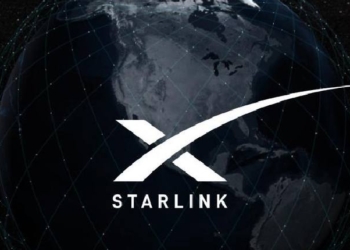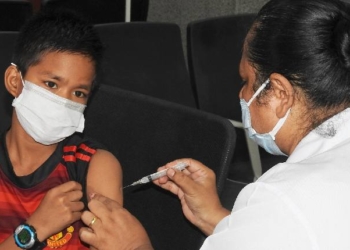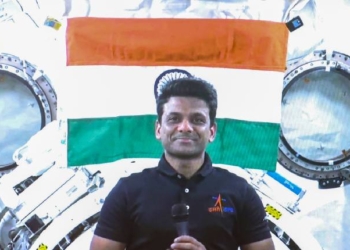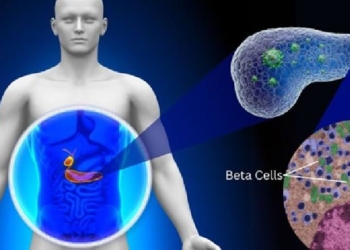London: The UK Space Agency is planning to send two experiments that are aimed to improve understanding of currently incurable child brain tumours and the muscle ageing process, to the International Space Station (ISS).
The 2.6 million pound project, to be launched in 2025, will be supervised by astronauts on board the ISS for up to six months before returning to Earth for the results to be analysed, the space agency said in a statement.
The Institute of Cancer Research’s D(MG) 2 project received 1.2 million pounds in funds from the UK Space Agency.
D(MG) 2 aims to understand how to diffuse midline glioma — one of the most common types of “primary high grade” brain tumour to afflict children. It has, so far, been impossible to cure due to the amount of different cell types it contains.
The space agency awarded University of Liverpool’s MicroAge II project 1.4 million pounds to continue to investigate how the microgravity environment of orbit makes astronauts’ muscles weaken in space — much in the same way they do with age on Earth.
The research has “huge benefits for mankind and health systems around the world,” said George Freeman, Minister of State at the Department for Science, Innovation and Technology, in the statement.
“This ground-breaking research highlights the power of space to push through barriers, revolutionise science and enhance our lives,” added Dr Paul Bate, Chief Executive of the UK Space Agency, said:
Bate said that D(MG)2 while aboard the ISS will improve the scientists’ understanding of how cancer cells interact with each other within three-dimensional structures, and lead to new ideas for disrupting tumour growth that can take forward back in the lab.
The ISS experiment for MicroAge II will use a lab-grown human muscle to observe the effects of microgravity and test whether mitochondria play an important role in muscle loss in space and determine whether applying tension can slow the degeneration process, which could help scientists to rapidly develop therapies to reduce muscle loss as we age.
The space agency also supported MicroAge I, which flew to the ISS in December 2021 to test lab-grown muscle constructs, each the size of a grain of rice.
“We will use newly developed techniques to study the role of changes in mitochondria, tiny structures that are responsible for supplying energy to cells, in driving the loss of muscle mass that occurs in microgravity,” said Professor Malcolm Jackson at the University of Liverpool.
“The role that a loss of tension on muscle plays in these mitochondrial changes will be examined using innovative hardware that modifies the amount of tension that the muscle experiences in microgravity.
“This will be used to test whether altered tension on muscle regulates the muscle loss in microgravity and to inform us on the process during muscle loss during ageing on Earth,” Jackson said.
Equipment for the experiments is being built by Kaser Space Ltd., a microgravity hardware specialist based in Oxfordshire. The firm is an expert in the design and supply of instruments and systems used in outer space and especially in crewed spaceflight.
(IANS)















